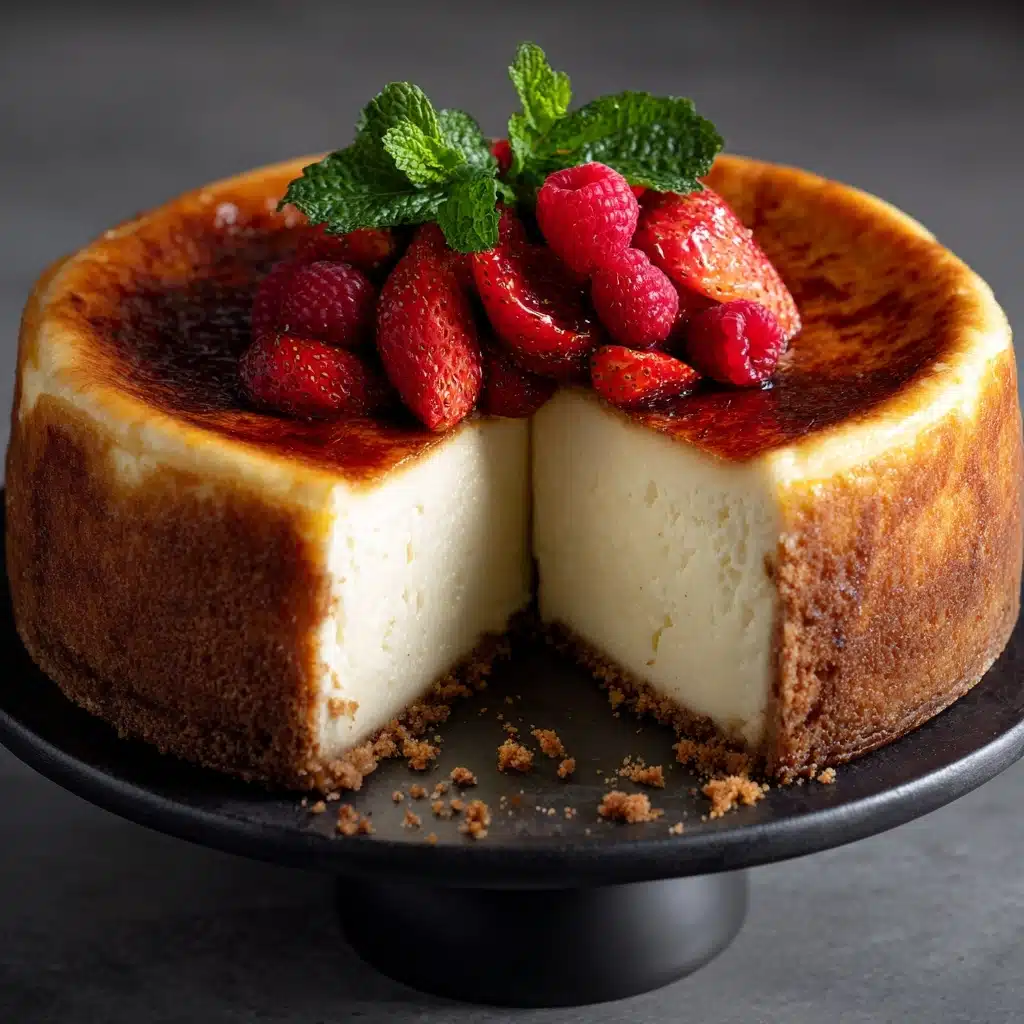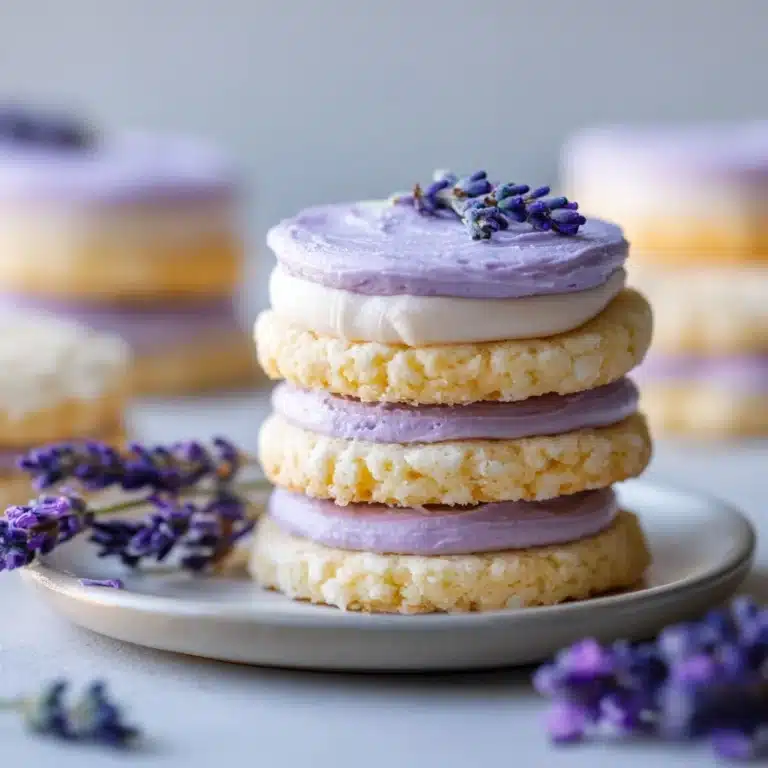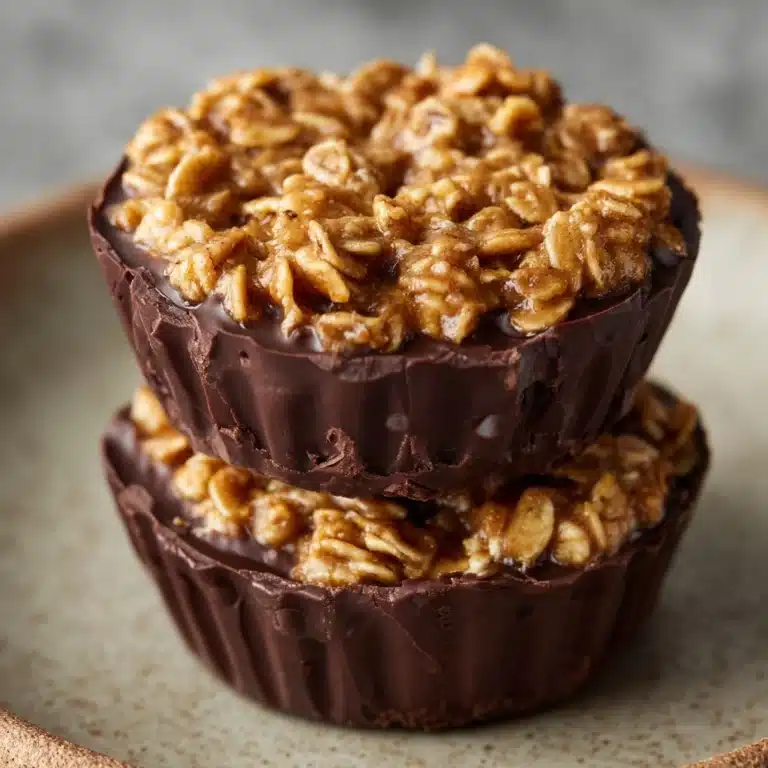If there’s one dessert that never fails to make my heart skip a beat, it’s Japanese Cheesecake. Picture a cloud made edible—ultra-fluffy, lightly sweet, with the perfect melt-in-your-mouth delicateness that sets it apart from every other cheesecake. This recipe is your ticket to that dreamy, jiggly goodness at home. From the gentle vanilla aroma to the impossibly tender crumb, Japanese Cheesecake boasts a magic that will win over anyone at your table, whether they’re cheesecake fans or not!
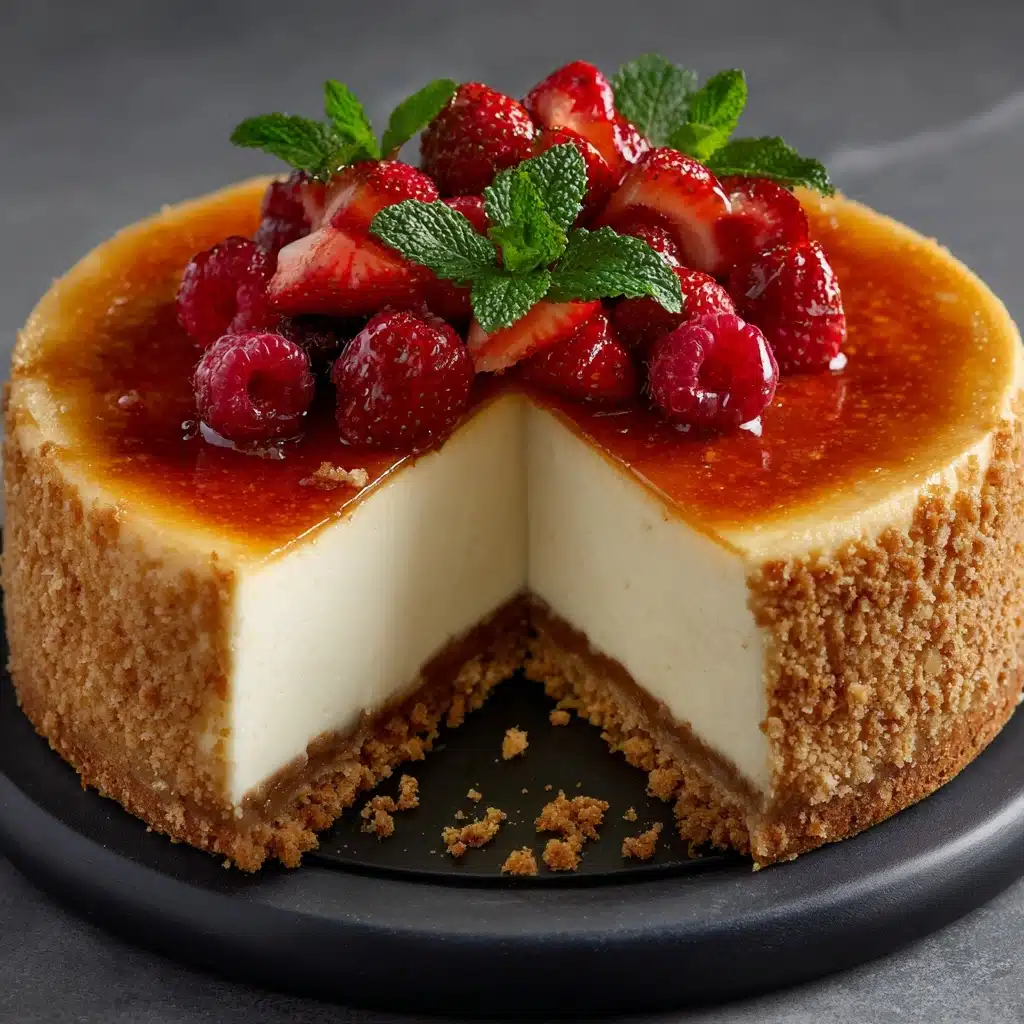
Ingredients You’ll Need
The beauty of Japanese Cheesecake lies in a handful of simple ingredients, each working in harmony to create that signature soft texture and subtle flavor. Here’s what you’ll need—and why each ingredient is essential for the perfect result every time.
- Cream Cheese: This forms the luscious, tangy base and gives the cheesecake its distinct character.
- Unsalted Butter: Adds richness and a silky mouthfeel while keeping flavors perfectly balanced.
- Whole Milk: Helps make the batter smooth and fluid for that melt-away texture.
- Eggs (separated): Yolks infuse creaminess; whites (beaten into meringue) guarantee the souffle-like lift.
- Granulated Sugar: Balances the tang, enhances the delicate sweetness, and helps stabilize the meringue.
- Cream of Tartar: The secret to stable, billowy egg whites—don’t skip this if you want maximum fluffiness.
- Cake Flour: Keeps the crumb light and airy—much softer than all-purpose flour would.
- Cornstarch: Ensures the cake stays soft, and prevents it from drying out or getting dense.
- Salt: Just a pinch sharpens all the flavors and balances the sweetness.
- Vanilla Extract: A little goes a long way in giving the cheesecake its cozy, comforting aroma.
- Powdered Sugar (optional): For that classic snowy finish and a touch of extra sweetness right before serving.
How to Make Japanese Cheesecake
Step 1: Prepare Your Pan and Oven
Preheat your oven to 320°F (160°C). Line the bottom and sides of an 8-inch round cake pan with parchment paper. For Japanese Cheesecake, a smooth rise and soft sides are key, so don’t skip this step! Wrap the outside of your pan in foil—this helps stop any water from seeping in during the all-important water bath.
Step 2: Melt Cream Cheese, Butter, and Milk
Set a medium heatproof bowl over a pan of simmering water. Add cream cheese, butter, and milk. Whisk gently but thoroughly as they melt together into a silky mixture. This step ensures your batter is lump-free. Remove from the heat and let it cool slightly before moving on.
Step 3: Incorporate the Yolks and Dry Ingredients
Whisk the egg yolks into your slightly cooled cream cheese mixture until everything is beautifully smooth. Sift in the cake flour, cornstarch, and salt, then stir gently until there are no dry pockets left. Finish with a splash of vanilla extract for that lovely aromatic undertone.
Step 4: Whip the Egg Whites for Fluffiness
In a separate large bowl, beat the egg whites with cream of tartar until foamy. Gradually add in half a cup of sugar, and keep beating until you achieve stiff, glossy peaks. The meringue will give your Japanese Cheesecake its signature jiggle, so don’t rush this step!
Step 5: Fold and Combine
Gently fold the egg white meringue into the cream cheese batter in three additions. Be careful and use a light hand here—overmixing will deflate all the precious air bubbles you’ve created, so stop folding as soon as it’s just combined and homogenous.
Step 6: Bake in a Water Bath
Pour the batter into your prepared pan and give it a couple of gentle taps against the counter to release any large air pockets. Place the pan inside a larger baking dish and pour hot water in to come halfway up the sides. This water bath prevents cracks and delivers the dreamiest texture. Bake for 60 to 70 minutes, until the cake is set and lightly golden.
Step 7: Cool Gradually
When time’s up, turn off the oven and crack the door open slightly. Let the Japanese Cheesecake cool for 15 minutes inside—this gentle transition helps prevent sudden sinking. Transfer the cake to a wire rack to cool completely, then dust with powdered sugar if desired.
How to Serve Japanese Cheesecake
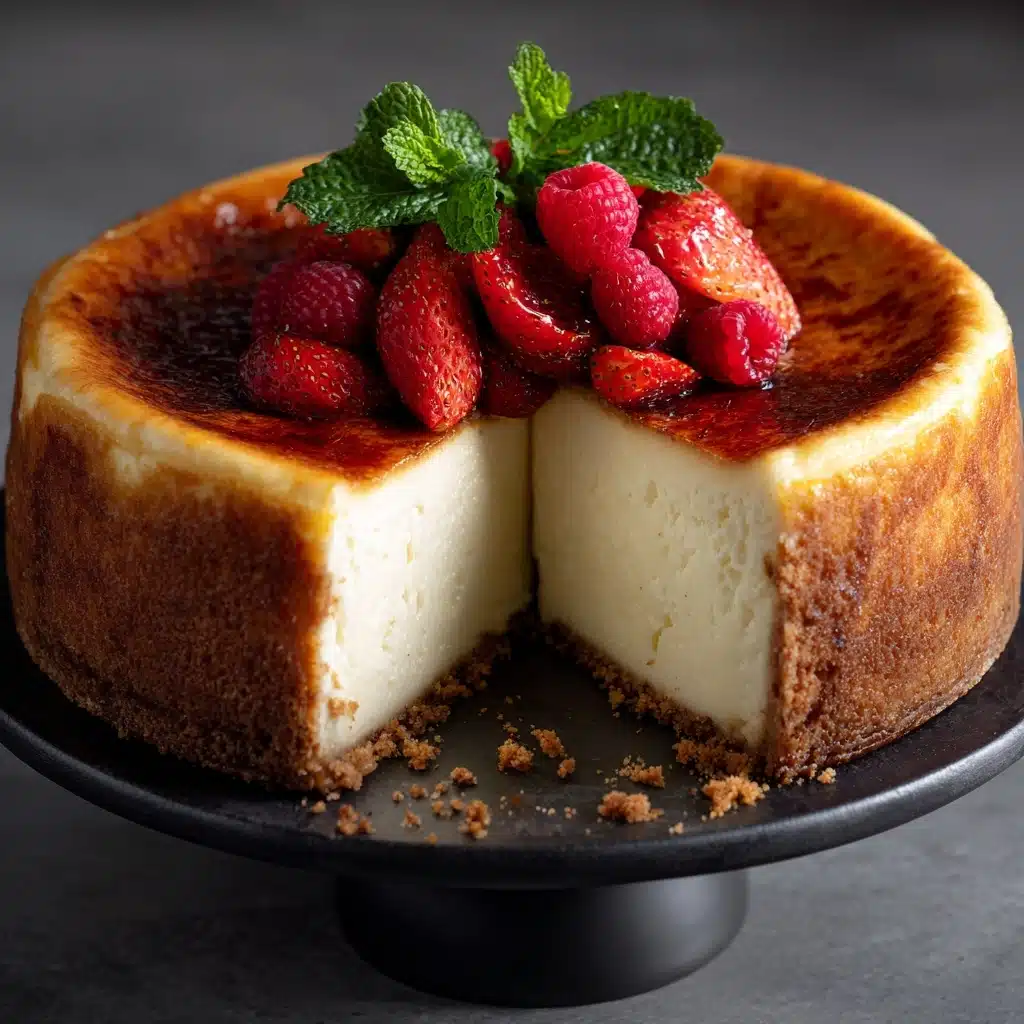
Garnishes
A light cloud of powdered sugar is the iconic finish, but Japanese Cheesecake is also delightful topped with a handful of fresh berries, a dollop of softly whipped cream, or even a light drizzle of honey for extra shine and sweetness. Each option lets the airy texture take center stage without overpowering the delicate flavors.
Side Dishes
Looking for perfect partners? Serve your slice with matcha tea or a piping hot coffee to play off the cheesecake’s gentle notes. A little bowl of fresh fruit on the side—think sliced peaches, mango, or even kiwifruit—brings a burst of color and a refreshing contrast to every bite.
Creative Ways to Present
If you want to wow your guests, cut the Japanese Cheesecake into cute squares or use a cookie cutter for fun shapes. Try layering the slices with fruit and whipped cream for mini parfaits, or top with edible flowers for a truly show-stopping look at your next gathering!
Make Ahead and Storage
Storing Leftovers
Japanese Cheesecake is fabulous on day one, but if you have leftovers, simply cover the remaining slices tightly or store in an airtight container in the refrigerator. It stays delicious and fluffy for up to three days; just bring it to room temperature before savoring for the best texture.
Freezing
If you’d like to keep Japanese Cheesecake longer, it freezes surprisingly well! Wrap individual portions in plastic wrap and place them in a freezer-safe bag or container. They’ll keep for up to one month. Thaw overnight in the fridge for a treat that tastes just as good as freshly baked.
Reheating
This cake is best enjoyed at room temperature, so if you’re taking it out of the fridge, let it sit for 20–30 minutes before serving. If you prefer it slightly warm, a few seconds in the microwave will revive its soft texture—just don’t overdo it, as you don’t want to dry out your Japanese Cheesecake.
FAQs
Why is my Japanese Cheesecake not as fluffy as I hoped?
The magic fluffiness comes from carefully whipped egg whites and gentle folding. If your cake turns out a bit dense, you might have overmixed the batter or the meringue wasn’t beaten to stiff enough peaks. Next time, beat until those peaks hold their shape and fold with a delicate touch!
Can I make Japanese Cheesecake without cream of tartar?
Yes, you can substitute lemon juice or white vinegar in a pinch! About 1/2 teaspoon per batch works. The acid is there to help stabilize the egg whites, which gives the cake its dreamy rise.
Do I have to use a water bath?
A water bath is highly recommended for Japanese Cheesecake. It ensures gentle, even baking, prevents cracks, and keeps the texture tender and moist. Skipping it may mean a drier cake with a cracked top, but it’ll still taste lovely!
Can I use all-purpose flour instead of cake flour?
While you can use all-purpose flour in a pinch, cake flour is much better for creating that truly silky crumb. If you only have all-purpose, replace 1 tablespoon with cornstarch for every half-cup to approximate cake flour’s softness.
Why does my cheesecake shrink after baking?
Slight shrinking is normal, but sudden temperature changes can exaggerate it. Letting your Japanese Cheesecake cool gradually in the turned-off oven and then on a wire rack will help minimize shrinkage and keep its signature jiggle intact.
Final Thoughts
If you’re looking for a dessert that’s light on your palate but big on wow factor, you simply have to give Japanese Cheesecake a try. It may look delicate, but every bite is pure comfort, and making it at home is much easier than you think. Trust me—one taste and you’ll fall in love with this cloud-like treat as much as I have! Enjoy and happy baking!
Print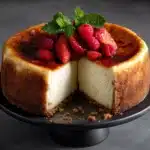
Japanese Cheesecake Recipe
- Total Time: 1 hour 30 minutes
- Yield: 8 servings 1x
- Diet: Vegetarian
Description
This Japanese Cheesecake recipe yields a light and fluffy dessert that’s a delightful cross between a traditional cheesecake and a souffle. With a hint of sweetness and a melt-in-your-mouth texture, this delicate treat is perfect for any occasion.
Ingredients
Cheesecake Batter:
- 8 ounces cream cheese, softened
- 1/4 cup unsalted butter, softened
- 1/2 cup whole milk
- 6 large eggs, separated
- 1/2 cup granulated sugar (divided)
- 1/2 teaspoon cream of tartar
- 1/2 cup cake flour
- 3 tablespoons cornstarch
- 1/4 teaspoon salt
- 1 teaspoon vanilla extract
Additional:
- Powdered sugar for dusting (optional)
Instructions
- Preheat Oven: Preheat the oven to 320°F (160°C). Line an 8-inch round cake pan with parchment paper and wrap the outside with foil.
- Melt Ingredients: Melt cream cheese, butter, and milk in a heatproof bowl over simmering water. Remove from heat and cool slightly.
- Prepare Batter: Whisk in egg yolks, then sift in flour, cornstarch, and salt. Stir in vanilla.
- Beat Egg Whites: In a separate bowl, beat egg whites with cream of tartar and sugar until stiff peaks form.
- Combine Mixtures: Gently fold egg whites into the cream cheese batter.
- Bake: Pour batter into the pan, place in a larger dish with water, and bake for 60-70 minutes.
- Cool: Let the cake cool in the oven with the door ajar before transferring to a wire rack to cool completely.
- Serve: Dust with powdered sugar before serving if desired.
Notes
- For the fluffiest texture, use room-temperature ingredients and avoid overmixing the batter.
- Japanese cheesecake is best enjoyed fresh but can be stored in the refrigerator for up to 3 days.
- Prep Time: 20 minutes
- Cook Time: 1 hour 10 minutes
- Category: Dessert
- Method: Baking, Water Bath
- Cuisine: Japanese
Nutrition
- Serving Size: 1 slice
- Calories: 220
- Sugar: 17 g
- Sodium: 140 mg
- Fat: 13 g
- Saturated Fat: 7 g
- Unsaturated Fat: 5 g
- Trans Fat: 0 g
- Carbohydrates: 20 g
- Fiber: 0 g
- Protein: 6 g
- Cholesterol: 120 mg
